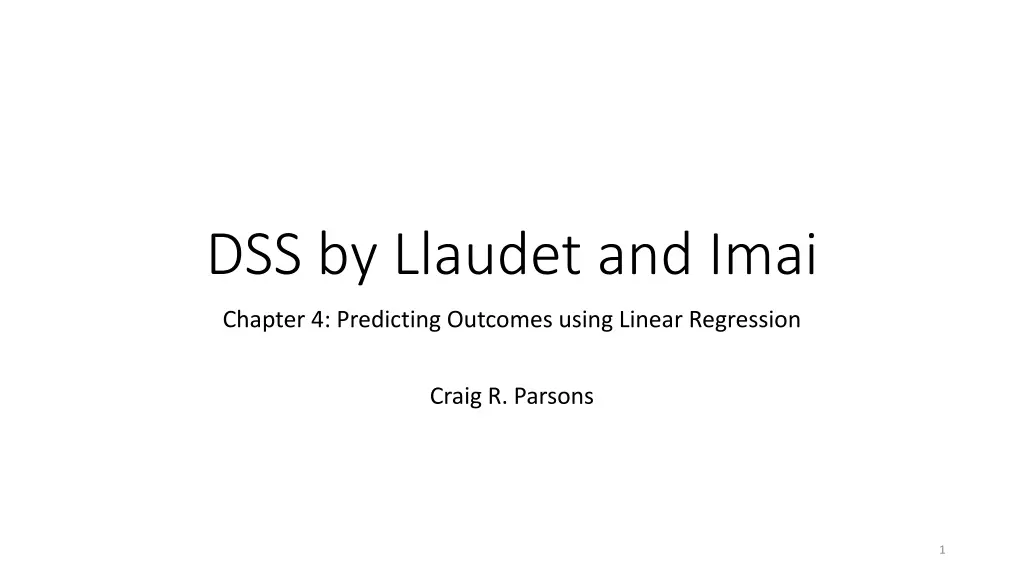
Predicting GDP Growth Using Night-time Light Emissions
Learn how to predict changes in GDP using changes in night-time light emissions. Discover the relationship between night-time light and GDP growth, with a focus on utilizing satellite data in remote areas to infer GDP trends. Step-by-step guidance on creating new variables, coding in R, and interpreting the estimated equation.
Download Presentation

Please find below an Image/Link to download the presentation.
The content on the website is provided AS IS for your information and personal use only. It may not be sold, licensed, or shared on other websites without obtaining consent from the author. If you encounter any issues during the download, it is possible that the publisher has removed the file from their server.
You are allowed to download the files provided on this website for personal or commercial use, subject to the condition that they are used lawfully. All files are the property of their respective owners.
The content on the website is provided AS IS for your information and personal use only. It may not be sold, licensed, or shared on other websites without obtaining consent from the author.
E N D
Presentation Transcript
DSS by Llaudet and Imai Chapter 4: Predicting Outcomes using Linear Regression Craig R. Parsons 1
The data: Night-time Light Emissions (satellite data) Two sets of variables: 1) GDP and 2) Night-time light measures Years of data? 1992-3 and 2005-6 Units of data: GDP (in trillions of LCU, local currency units, e.g. if Japan, data is in trillions of yen) Units of data: Night-time light (on a scale 0 to 63, 63 being most bright) Names of datafile: countries.csv How many cross-sections ? 170 (countries) 2
4.5 PREDICTING GDP GROWTH USING NIGHT-TIME LIGHT EMISSIONS Let's figure out how to fit a model to predict changes in GDP using changes in night-time light emissions. As mentioned earlier, being able to predict GDP growth using night-time light emissions would be quite useful. In remote areas of the world, where measuring GDP is difficult, measures of night-time light emissions are readily available through satellite imagery. 3
We want to find the relationship between a change in night-time lights and change in GDP If we KNOW that night-time light went up by, for example, 10%, how did GDP goes up ( on average .)? For some remote counties or area, we may have night-time light data from satellites) but may not have GDP data. So, we can predict or infer GDP, from the increased night-light data. 4
Interpretation continued (gdp_change hat is the predicted change) 10
Show Nigerias partial state GSP data https://www.nigerianstat.gov.ng/pdfuploads/State_Nominal_GDP_20 13_-_2017.cdr_(MAY_2019).pdf 11
4.6 MEASURING HOW WELL THE MODEL FITS THE DATA WITH THE COEFFICIENT OF DETERMINATION, R2 12
